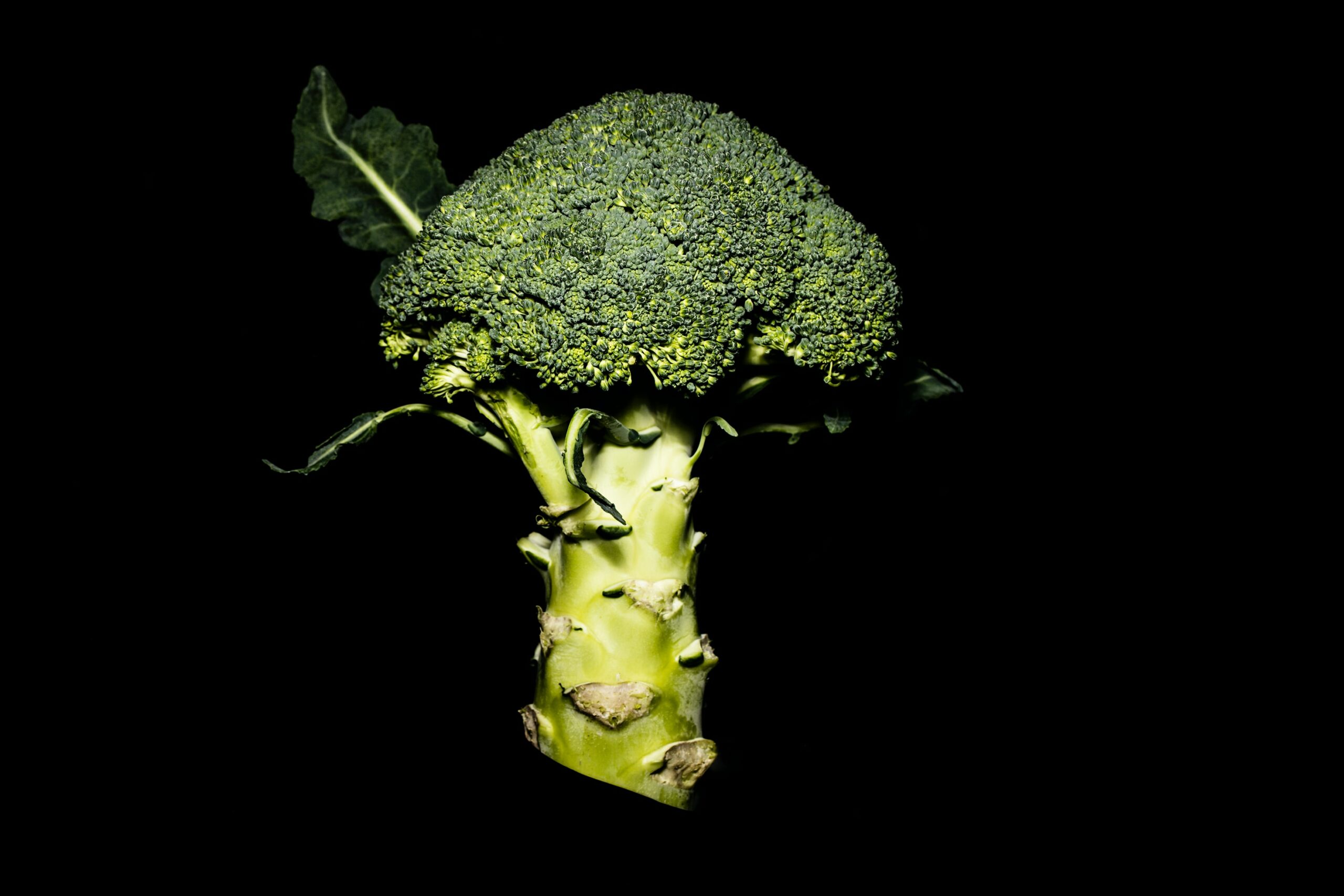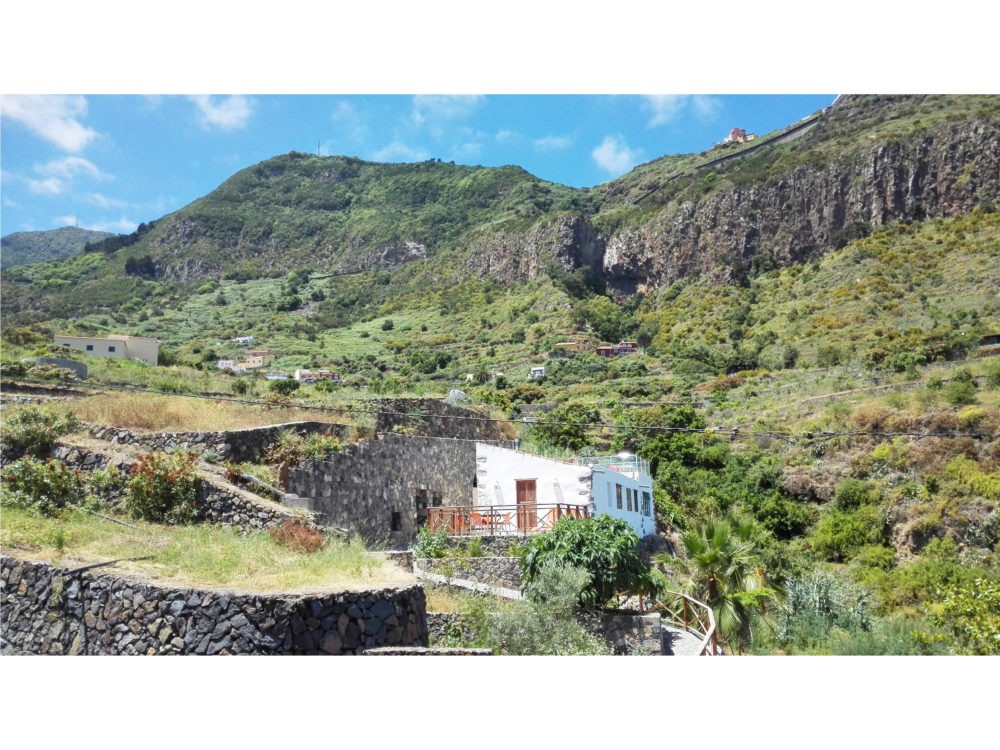Brassica oleracea
Brokkoli
Englische Bezeichnung: Broccoli
Spanische Bezeichnung: Brócoli

Familie
Kreuzblütengewächse (Brassicaceae)
Verwendbare Teile
Stängel, Röschen, kleine Blätter
Hauptbestandteile
-
Mineralstoffe: Kalium, Calcium, Eisen, Zink
-
Vitamine: B1, B2, B6, E, C und Beta Carotin (Provitamin A)
-
Sekündäre Pflanzenstoffe: Antioxidantien sowie krebsfeindliche Senfölglycoside
Ernte-Hinweise:
Brokkoli ist erntereif, wenn die einzelnen Blütenknospen deutlich ausgebildet, aber noch fest verschlossen sind. Nach der Ernte der großen Rose bilden die Pflanzen noch zahlreiche zarte Seitentriebe. Der Brokkoli sollte nicht lange gelagert werden und seine Inhaltsstoffe bleiben am besten erhalten, wenn er nur kurz gedünstet wird.
Verwendung:
Rohkost, Dünsten, Dampfgaren, Anbraten, Backen
-
z.B.: als Gemüsbeilage oder in Eintöpfen, Pasta-Gerichten, Salaten, Smoothies
Brokkoli gehört wie alle Kohlpflanzen zur Familie der Kreuzblütler. Diese ist vor allem für ihre gesundheitsförderlichen Eigenschaften bekannt. Die Kulturpflanze ist eine Züchtung, welche von einer wilden Kohlart aus Asien abstammt. Das Gemüse war bereits bei den alten Griechen und Römern beliebt und sollte auch heute aufgrund seiner großartigen Inhaltsstoffe und Vielseitigkeit auf keinem Speiseplan fehlen!
Family
Cruciferous Vegetables (Brassicaceae)
Parts Used:
Stalk, Florets Small leaves
Key Constituents:
-
Minerals: Calcium, iron, potassium, Zinc
-
Vitamins: B1, B2, B6, C, E, Beta-Carotene (Provitamin A)
-
Secundary plant substances: Antioxidants as well as anti-cancer sulfur-containing glucosinolate compounds, isothiocyanates and sulforaphane
Harvesting Guidelines:
Broccoli is ready for harvesting when the individual flower buds are clearly formed, but still tightly closed. After harvesting the large rose, the plants still form numerous tender side shoots. The broccoli should not be stored for a long time and its ingredients are best preserved when it is steamed only short
Use:
Steaming, sautéing, blanching, stewing
e.g.: as a vegetable sidedish or as main ingredient in soups, pasta sauces, stews and casseroles
Broccoli, as all cabbage plants, belongs to the cruciferous family, which is known primarily for its health-promoting properties. The cultivated plant is a cultivation, which originates from a wild cabbage species from Asia. The vegetable was already popular with the ancient Greeks and Romans and should not be missing from any menu even today due to its great ingredients and versatility!
Familia
Brassicaceae
Partes aprovechables:
Tallos, ramilletes, hojas pequeñas.
Principales Constituyentes:
-
Minerales: calcio, hierro, potasio, zinc
-
Vitaminas: B1, B2, B6, E, C y betacaroteno (provitamina A).
-
Sustancias vegetales secundarias: Antioxidantes así como glucósidos de aceite de mostaza anticancerígenos.
Indicaciones de Cosecha:
El brócoli está listo para ser cosechado cuando cada uno de los cogollos florales se haya desarrollado. Después de cosechar la flor grande, las plantas siguen dando numerosos brotes tiernos. El brócoli no debe almacenarse durante mucho tiempo y sus ingredientes se conservan mejor si se cuece brevemente al vapor.
Uso:
Cocinar al vapor, guisar, saltear, escaldar.
por ejemplo: como guarnición de verduras o como ingrediente principal de sopas, salsas para pasta, guisos y estofados.
Como todas las plantas de col, el brócoli pertenece a la familia de las crucíferas. Esta familia es conocida sobre todo por sus propiedades beneficiosas para la salud.
La planta cultivada es una variedad que procede de una especie de col silvestre procedente de Asia.
Esta hortaliza ya era popular entre los antiguos griegos y romanos, y no debería faltar en ningún menú de hoy en día por sus grandes ingredientes y su versatilidad de uso.






































